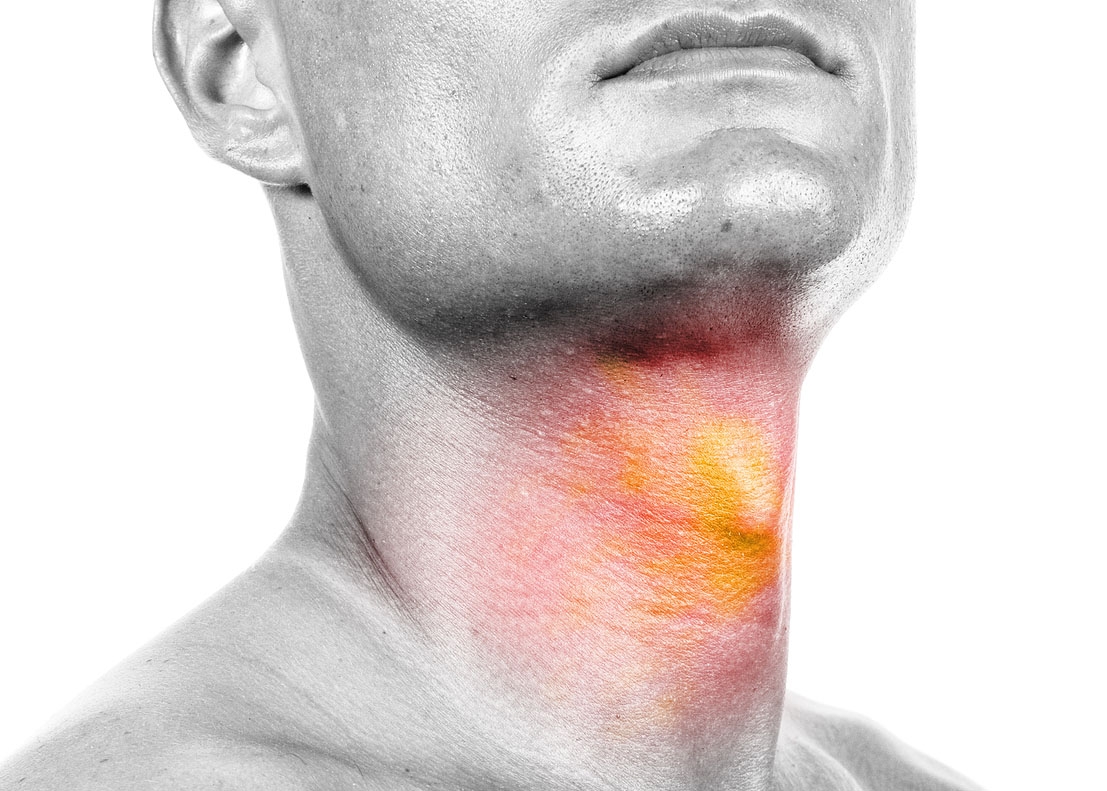In the last 3 years, Utah's farms have experienced labor shortages. Futures Through Training is working with the Farm Bureau and the Utah Department of Workforce Services to encourage farm workers to move to Utah.
As part of this effort, Futures Through Training wants to ensure Utah's future farmers and farm workers know where they can go for help if they need any when they get here. Please fill out this Google form https://docs.google.com/a/utah.gov/forms/d/1vTPlC6_2g7j-jHJWoyL_XQ46cr0OcHmP-mHQjbqvWvQ/viewform?c=0&w=1 if you have services that may be of assistance to farm workers. We are in need of more food pantries, ESL providers, housing assistance, and other basic needs providers.
This information will be used to publicize the resources that are available to farm workers and their families when they move to Utah. If you would like to be included as a resource, please complete and submit the following information in this Google form:
Agency Name
Program Name
Website
Please cut and paste the address exactly as it appears on your website. Example: http://www.futuresthroughtraining.org/index.php/en/farmworker-program
Phone Number
farmworkers Can Call To Talk To A Human Being - NOT A MACHINE, Please use this format: 801-394-9774 ext. 18
Address
Where Farmworkers Can Go For Service: Example: 1140 East 36th Street, Suite 150, Ogden, Utah 84403
How Can This Program Help Farmworkers & Their Dependents:
Summarize the services your program can assist with. Example: Employment and Training Services Including: Career Counseling; Paying for ESL, Education, Computer, & Training Costs;Teaching Job Searching, Interviewing & Employment Skills.
Basic Eligibility Requirements:
Briefly summarize important requirements for participation in your program. Example: Applicants must have a legal right to work in the US, a valid social security card, and during the past 2 years, must have been working in agriculture for more than half of their time or income. Dependents who have not worked in agriculture can qualify if someone in the family has been working in agriculture. The household must meet the income limits as listed at www.FuturesThroughTraining.org
Languages that Services are Available In
List All Available Languages. Example: English, Spanish, German, American Sign Language and Khmer. Translators are available for Chuukese, Thai, Burmese, Karyn 1, and Karyn 2. Other translators can be acquired for Farmworkers & Dependents who speak other languages.
Area(s) of Utah Where Services Can Be Accessed
List All Places This Program Serves. Example #1: Only Utah County; Example #2: Walk-in services in Ogden, but Career Advisers will travel ANYWHERE in Utah if a Farmworker requests services.
Email Address Of Person Submitting Form
Please complete a separate form for each program or for different locations.
Example #1: USOE has different school districts operating the Migrant Ed Program. Each school district should be on it's own form.
Example #2: CHC has clinics in 7 locations. Each clinic that can help Farmworkers should be on it's own form.
For more information contact Corrie at ExplorerCor@aol.com or www.FuturesThroughTraining.org
As part of this effort, Futures Through Training wants to ensure Utah's future farmers and farm workers know where they can go for help if they need any when they get here. Please fill out this Google form https://docs.google.com/a/utah.gov/forms/d/1vTPlC6_2g7j-jHJWoyL_XQ46cr0OcHmP-mHQjbqvWvQ/viewform?c=0&w=1 if you have services that may be of assistance to farm workers. We are in need of more food pantries, ESL providers, housing assistance, and other basic needs providers.
This information will be used to publicize the resources that are available to farm workers and their families when they move to Utah. If you would like to be included as a resource, please complete and submit the following information in this Google form:
Agency Name
Program Name
Website
Please cut and paste the address exactly as it appears on your website. Example: http://www.futuresthroughtraining.org/index.php/en/farmworker-program
Phone Number
farmworkers Can Call To Talk To A Human Being - NOT A MACHINE, Please use this format: 801-394-9774 ext. 18
Address
Where Farmworkers Can Go For Service: Example: 1140 East 36th Street, Suite 150, Ogden, Utah 84403
How Can This Program Help Farmworkers & Their Dependents:
Summarize the services your program can assist with. Example: Employment and Training Services Including: Career Counseling; Paying for ESL, Education, Computer, & Training Costs;Teaching Job Searching, Interviewing & Employment Skills.
Basic Eligibility Requirements:
Briefly summarize important requirements for participation in your program. Example: Applicants must have a legal right to work in the US, a valid social security card, and during the past 2 years, must have been working in agriculture for more than half of their time or income. Dependents who have not worked in agriculture can qualify if someone in the family has been working in agriculture. The household must meet the income limits as listed at www.FuturesThroughTraining.org
Languages that Services are Available In
List All Available Languages. Example: English, Spanish, German, American Sign Language and Khmer. Translators are available for Chuukese, Thai, Burmese, Karyn 1, and Karyn 2. Other translators can be acquired for Farmworkers & Dependents who speak other languages.
Area(s) of Utah Where Services Can Be Accessed
List All Places This Program Serves. Example #1: Only Utah County; Example #2: Walk-in services in Ogden, but Career Advisers will travel ANYWHERE in Utah if a Farmworker requests services.
Email Address Of Person Submitting Form
Please complete a separate form for each program or for different locations.
Example #1: USOE has different school districts operating the Migrant Ed Program. Each school district should be on it's own form.
Example #2: CHC has clinics in 7 locations. Each clinic that can help Farmworkers should be on it's own form.
For more information contact Corrie at ExplorerCor@aol.com or www.FuturesThroughTraining.org







